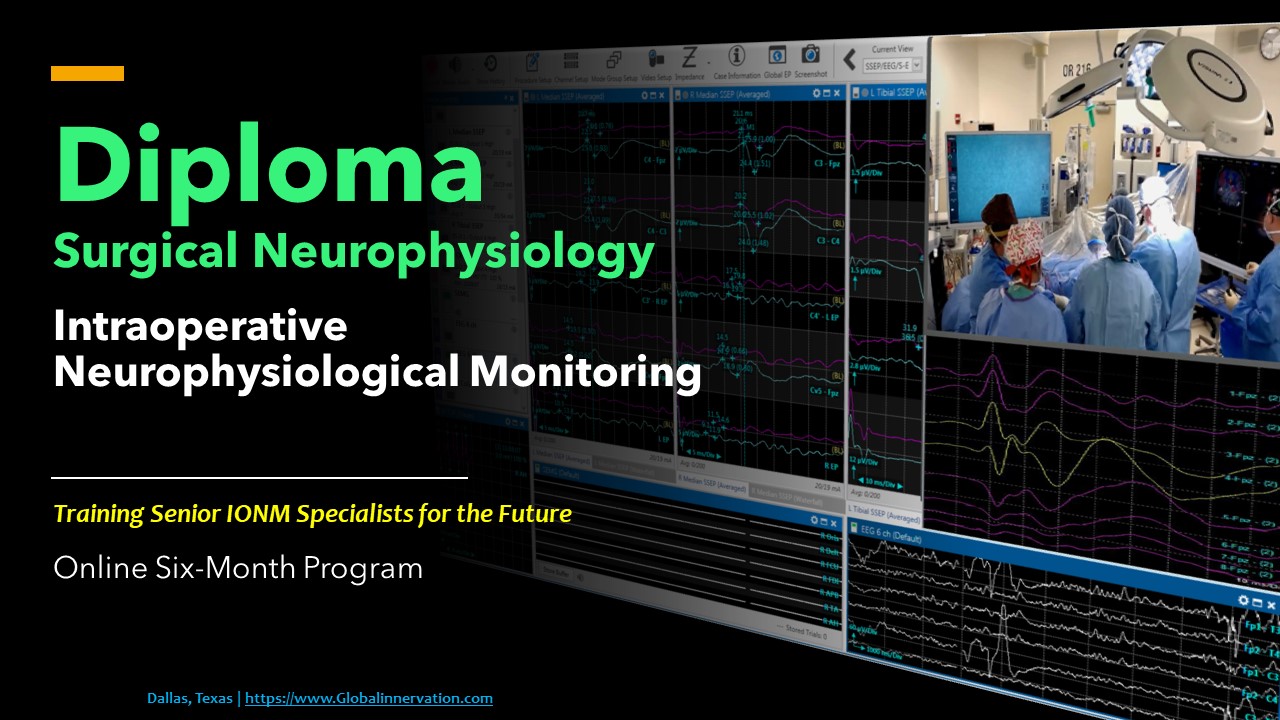Motor Evoked Potential Monitoring in Pregnancy
DOI:
https://doi.org/10.5281/zenodo.15284110Keywords:
MEP, IONM, SEP, motor evoked potentials, pregnancy, safety, neuromonitoring, neurophysiologyAbstract
Intraoperative neurophysiological monitoring (IONM) is employed to assess the integrity of the nervous system during surgical procedures. One modality of IONM, Motor Evoked Potentials (MEPs), specifically monitors the corticospinal tract and motor pathways. The primary objective of this paper was to evaluate the efficacy of MEPs monitoring in pregnant patients undergoing surgical procedures. We identified four relevant articles published between 2010 and 2022 on PubMed to inform this analysis. The selected literature focused on MEPs monitoring in pregnant adult patients who underwent various surgical procedures, including craniotomies, excision of cervical intraspinal tumors, and laminectomies. Patient and fetal monitoring were essential during these procedures to minimize the risk of neurological injury and improve surgical outcomes. MEPs are recorded by measuring the amplitude and time delay between stimulus and response. The absence of MEPs may indicate a decrease in amplitude, suggesting potential damage to motor pathways, while the presence of MEPs with clear motor contractions indicates functional motor pathways to some extent. Overall, the findings suggest that MEPs are a valuable form of IONM for pregnant patients, with no reported complications for either the mothers or the fetuses.
References
Pastor J, Pulido P, López A, et al. Monitoring of motor and somatosensory systems in a 26-week pregnant woman. Acta Neurochir 2010;152(7):1231–1234. https://doi.org/10.1007/s00701-009-0585-x.
Manohar N, Palan A, Manchala RK, Manjunath ST. Monitoring intraoperative motor-evoked potentials in a pregnant patient. Indian J Anaesth 2019;63(2):142–143. https://doi.org/10.4103/ija.IJA_716_18.
Guerrero-Domínguez R, González-González G, Rubio-Romero R, Federero-Martínez F, Jiménez I. Manejo anestésico en la extirpación de una tumoración intrarraquídea cervical con monitorización neurofisiológica intraoperatoria en una paciente gestante de 29 semanas. Rev Esp Anestesiol Reanim 2016;63(5):297–300. https://doi.org/10.1016/j.redar.2015.07.001.
Tyagi M, Bir M, Sharma A, Singh PK, Bindra A, Chandra PS. Intraoperative Neuromonitoring for Spinal Surgery in a Pregnant Patient: Case Report and Literature Review. Neurol India 2022;70(Suppl 2):S314–S317. https://doi.org/10.4103/0028-3886.360931.
Reitman CA, Watters WC 3rd. Intraoperative neurophysiological monitoring in spine surgery. J Am Acad Orthop Surg 2006;14(10):537–546. https://doi.org/10.5435/00124635-200610000-00002.
Reitman CA, Nguyen L, Hargleroad R, Esses S. Non-obstetric surgery during pregnancy. Clin Obstet Gynecol 2012;55(2):616–628. https://doi.org/10.1097/GRF.0b013e3182510d9e.
Lee JY, Harle TS, Seibert CE, Schlesinger AE. Fetal monitoring during nonobstetric surgery. Clin Perinatol 2013;40(4):757–771. https://doi.org/10.1016/j.clp.2013.07.011.
Cohen-Kerem R, Railton C, Oren D, Lishner M, Koren G. Pregnancy outcome following non-obstetric surgical intervention. Am J Surg 2005;190(3):467–473. https://doi.org/10.1016/j.amjsurg.2005.05.051.
Downloads
Published
How to Cite
Issue
Section
License
Copyright (c) 2025 J of Neurophysiological Monitoring

This work is licensed under a Creative Commons Attribution 4.0 International License.





